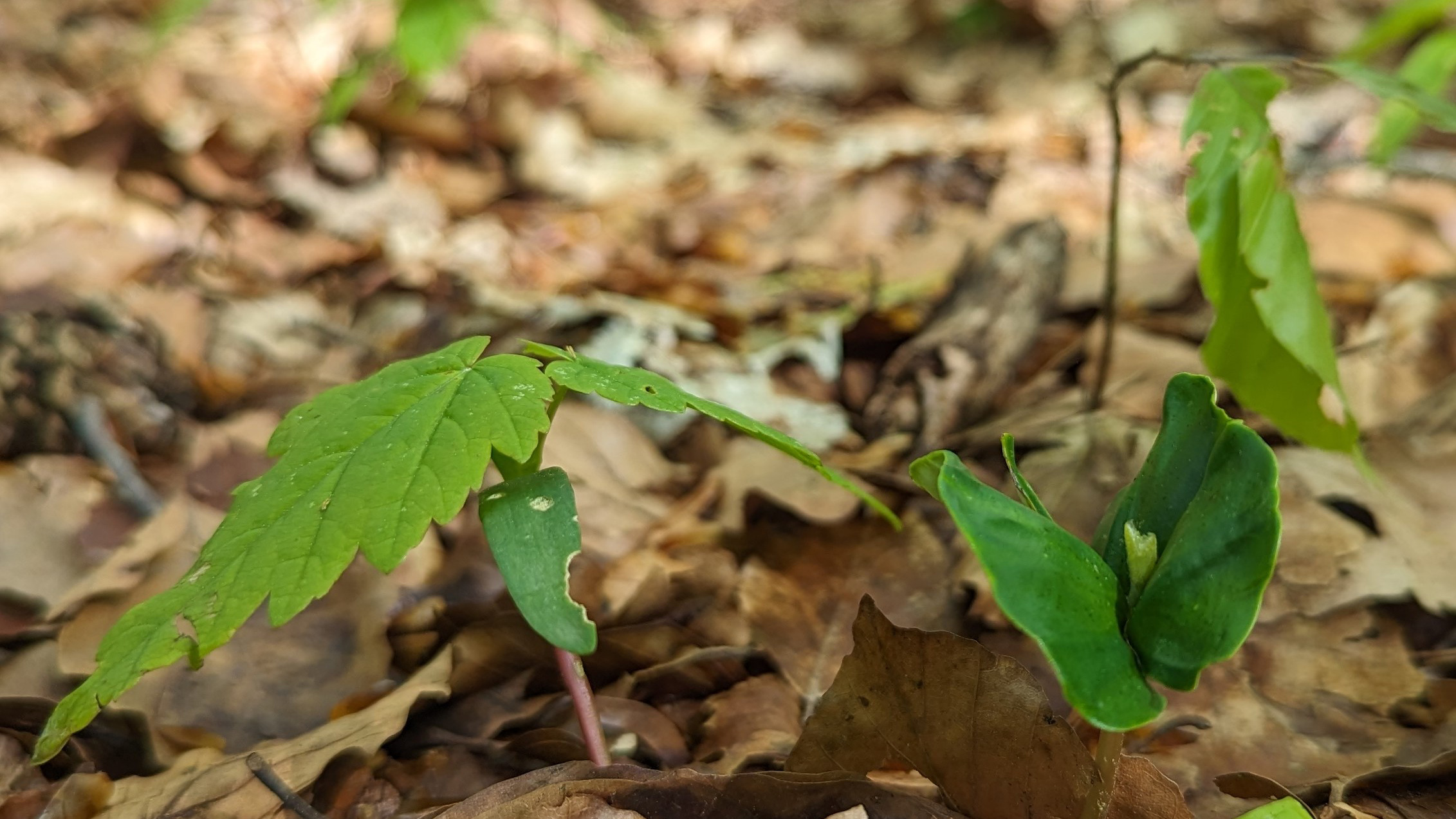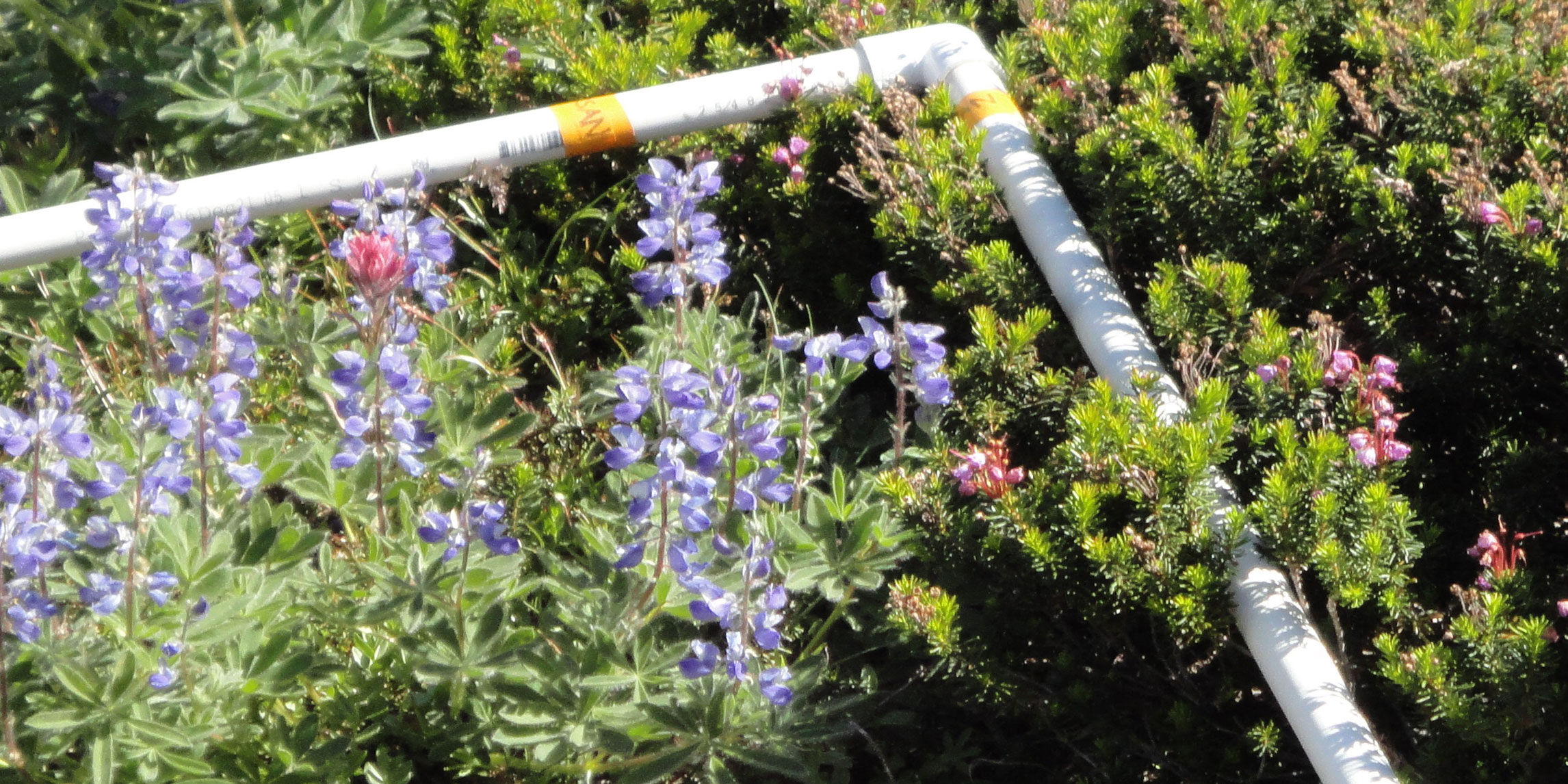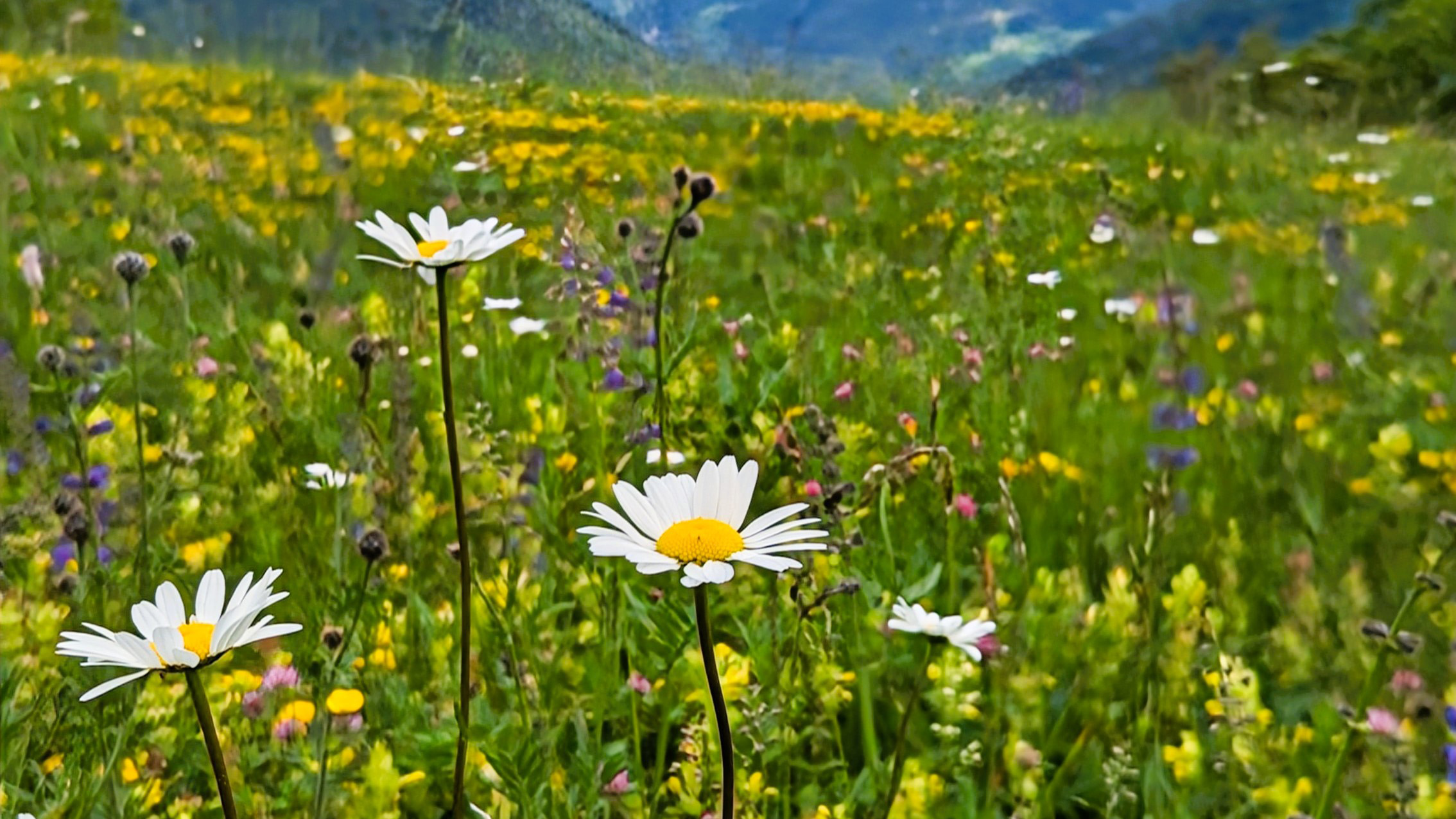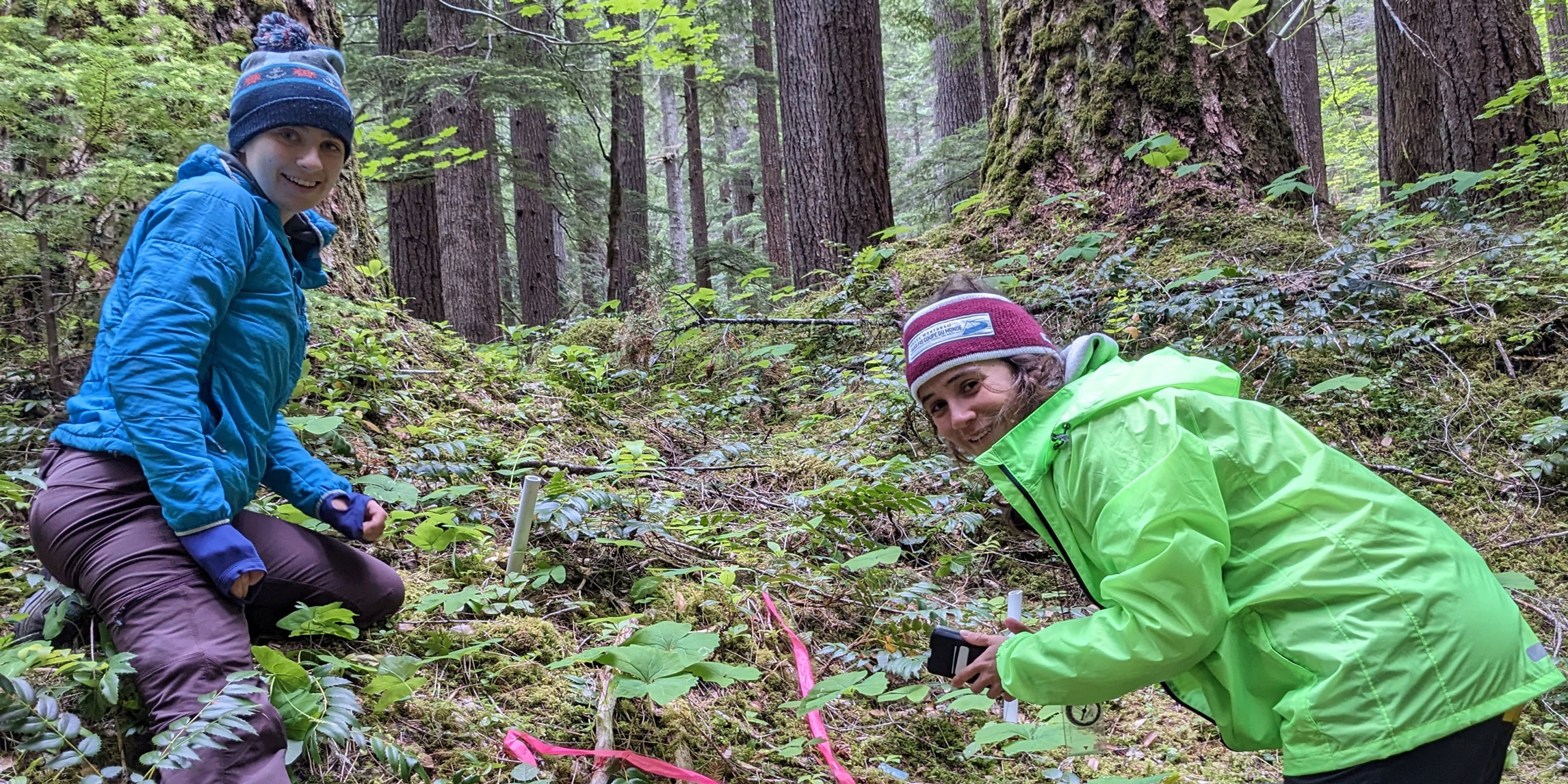Research
Research in the Plant Ecology group is broadly focused on 1) the implications of environmental change for plant populations and communities; and 2) the drivers of plant community structure. We combine long-term monitoring, experiments, and statistical modeling to address questions of interest, often motivated by ecological theory. Much of our research takes place in mountains (both in Switzerland and Washington State, USA), which we consider a ‘natural laboratory’ for climate change research.
Tiny seedlings and large trees

How important are the smallest of trees, tiny seeds and seedlings, for the responses of forests to climate change? A current focus in our group is exploring how tree species differ in their climatic sensitivities and biotic interactions at juvenile stages in ways that influence tree population dynamics, and ultimately, forest community turnover. We are using greenhouse experiments and lab measurements (anatomical and physiological) to assess the sensitivity of temperate tree seedlings to drought, heat and frosts, and the trait syndromes that are correlated with these sensitivities. We are also combining long-term regeneration monitoring data (in Swiss and US forests) to quantify masting patterns of seed production among co-occurring trees, and the implications for such ‘boom’ and ‘bust’ seed production cycles for seed predators and seedling regeneration.
Personnel: Emma Fryer, Eléonore Perret
Collaborators: Alana Chin, Jim Clark, Rubén Delgado Manzanedo, Elizabeth Wolkovich
The assembly and disassembly of plant communities

How is climate change altering the composition of plant communities? We conduct plant community surveys across large environmental gradients in coniferous forests and Alpine grasslands to address this question. In Washington State (USA), we have resurveyed locations first censused in the mid 70’s to explore how rapid warming in the last 40 years has reshuffled forest communities. In Switzerland, we are additionally quantifying functional traits related to growth, competitive ability, and reproduction to assess the trait syndromes that differentiate plant communities and species with different altitudinal distributions. We are also working on using these data, together with dispersal data, to parameterize models allowing us to ask whether range shifts will ‘keep up’ with climate change.
Personnel: Billur Bektas, Camille Brioschi, Mikko Tiusanen, Agostina Torres
Collaborators: Amy Angert, Jake Alexander
Timing is everything: wildflower phenology

What controls the seasonal timing of wildflower blooms in Alpine environments? What are the implications of climate change induced phenological shifts for plant and pollinator communities? Addressing these questions has been challenging, because many Alpine environments are difficult to access and detecting phenological shifts requires data at high spatio-temporal resolution. To address these questions, we use many approaches to monitor the phenological progression of flowering and seed production in the USA and Switzerland. For example, we initiated the citizen science program external page MeadoWatch which has generated over a decade of phenology data at Mt. Tahoma (Mount Rainier National Park, Washington State, USA). This program also provides us with outreach opportunities to the National Park Service as well as visitors to the park. In Switzerland (Calanda Mountain), we are using 100+ wildlife cameras to quantify the flowering phenology of 100’s of co-occurring plant species. We are also piloting the use of drone imagery to quantify landscape level flowering.
Personnel: Mikko Tiusanen, Camille Brioschi, Nathan Diaz Zeugin
Collaborators: Jake Alexander, Berry Brosi, Aji John
Other projects - past and present

Additional research topics explored by the Plant Ecology Group (ETH Zürich) and the former Hille Ris Lambers Lab (University of Washington) includes:
- The biotic and abiotic determinants of range limits
- Microclimatic refugia in old-growth forests
- Impacts of bird loss on tropical forest dynamics
- The role of niche and neutral processes for coexistence
- Causes and consequences of plant invasions
- Teaching strategies to communicate ecological principles to diverse students
- Density-dependent mortality and the Janzen-Connell hypothesis
Please explore our publications for more information on these and other topics.